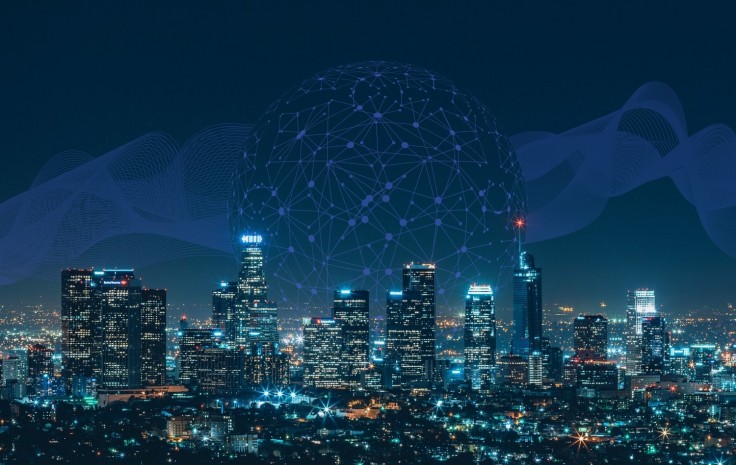
Over half of the world lives in urban areas. When designing and building future cities, urban planners have to consider the needs of the people as well as public health, sustainability, affordability and equity. Smart cities help urban planning in their endeavours through responsive and connected devices and sensors that make up the Internet of Things.
Features of Smart Cities
The most important feature of a smart city is its ability to assimilate new technologies. The technology that enables smart cities is not a list of devices that make the lives of those living in cities easier. Big data, self-driving cars, remote public services, robots, self-supply and other technologies are important for smart cities and a sign of technological intelligence on the surface. However, how they are all connected and work together is what urban planners are concerned about when designing smart cities.
Smart Cities and IoT
The use of millions of interconnected devices and technologies is an important part of smart cities. These devices produce and share stored and real-time data. Real-time data is available to users when they need it meaning it is not stored to be accessed later. IoT devices include internet and networking, analytics, application and physical products. As you can imagine, this definition is so broad that IOT devices include thousands of different types of products, devices and sensors.
If you live in an urban area, you are surrounded by thousands if not tens of thousands of smart devices both inside and outside your home. Because these devices are receiving, creating and sharing data throughout the day and night, they give unprecedented connections to different aspects of society. These include connections to businesses and governments in ways that were not possible before.
Urban planners have to consider these connections when thinking about where to install or place IoT devices. They want them to collect as much relevant data as possible and make it available to relevant parties. This brings us to the second important part of a smart city.
Although not everyone agrees, governments should be able to use the data from IoT devices to monitor their citizens for things like safety, quality of life and resource allocation. Successful smart cities rely on such devices for administration and the public good. The use and adoption of IoT devices in smart cities ensure the government can better serve its citizens, ensuring things like equitable resource allocation.
Tackling Future Challenges
Every city has challenges, and that includes smart cities. We have to solve them in ways that ensure they are eradicated forever, or to at least have viable solutions should they arise in the future.
The aim of IoT in smart cities is to ensure a high quality of life for the city's residents while also providing data that help tackle future problems. Urban planners already know the challenges cities face, and they are always looking for solutions. However, the use of IoT can make them more efficient at finding solutions to today's and tomorrow's problems. Alternatively, we could use IoT to avoid these challenges altogether.
Areas in Which IoT Is Helping Urban Planners
McKinsey Global Institute released a report in 2018 detailing the different areas smart technologies including IoT are helping urban planners.
The first is mobility. Transportation within a city is crucial, and it should be as efficient as possible if urban planners are to build functioning cities. IoT can help provide real-time data on the state of public transportation, smart parking, congestion pricing, predictive maintenance of transportation conduits, e-hailing and navigation.
Importantly, IoT is also helping with security in cities that leverage it. Home security systems, smart surveillance, real-time crime detection and reporting, crowd management, crime mapping, emergency response optimisation and other services are all helping keep smart cities safer.
Power management is another crucial part of building a functioning city. Smart street lights, dynamic energy pricing, energy automation, and automated systems can all be managed and made more efficient by IoT.
Other crucial areas IoT is assisting with include healthcare, housing and economic development, water and waste management, and education.
The Use of Big Data and Artificial Intelligence in Smart Cities
Perhaps the most important technologies for tomorrow's cities are big data and artificial intelligence. IoT devices need to collect and share a lot of data to ensure smart cities are working as urban planners expect them to. Big data entails managing this massive amount of data and shows us new ways we can use the data IoT devices collect.
Big data can also be an integral part of strengthening the social inclusion of tomorrow's cities. It is also important for helping us understand today's challenges and avoiding future ones in our cities.
With our limited capacity, we need some help dealing with all the information we now have access to. Artificial intelligence has emerged as the perfect tool for sorting, understanding and working with this data.
The cities of the future will lean heavily on IoT for numerous functions. Governance, traffic management, waste and water management and many other functions will be made more efficient by the solutions we develop from the data IoT devices help us collect.









